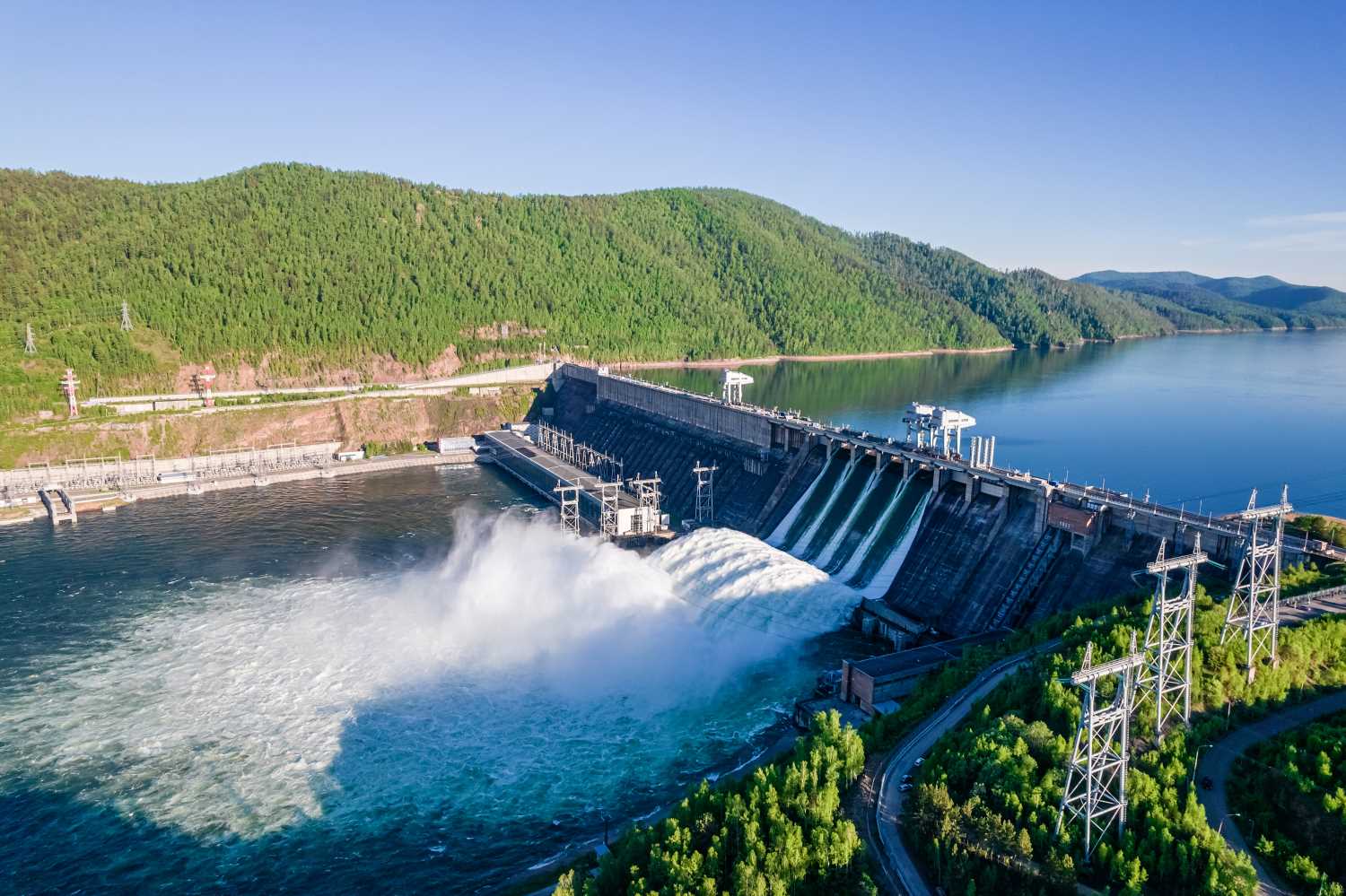1. “National security and ecological responsibility reinforce each other.” In the light of India’s hydropower projects on transboundary rivers such as the Sawalkote Hydroelectric Project on the Chenab, critically examine this statement.
| Syllabus: General Studies – III: Conservation, environmental pollution and degradation; Environmental Impact Assessment; Infrastructure |
IN NEWS: Testing governance: On the Sawalkote Hydroelectric Project – National security and ecological responsibility reinforce each other.
India’s renewed focus on the Sawalkote Hydroelectric Project, a 1.8-GW scheme on the Chenab River, coincides with the suspension of the Indus Waters Treaty (IWT). While it symbolises strategic assertion over western rivers, it also exposes tensions between national security imperatives and ecological prudence in the fragile Himalayan ecosystem.
1. Strategic and National Security Imperatives
- Energy security: Hydropower enhances India’s renewable base and reduces dependence on fossil fuels.
- Geopolitical assertion: Post-IWT suspension, projects like Sawalkote signal India’s intention to fully utilise its water entitlements under international law.
- Infrastructure as deterrence: Strengthening border infrastructure and resource control enhances national preparedness.
2. Ecological and Governance Challenges
- Cumulative impact: The Chenab already hosts Dulhasti, Baglihar, and Salal projects—creating a “bumper-to-bumper” hydropower corridor.
- Environmental degradation: Sediment load, deforestation (847 ha), and displacement of ~1,500 families.
- Weak compliance: Exemptions from carrying capacity and impact studies erode ecological safeguards.
- Institutional inefficiency: NHPC’s record shows time and cost overruns, reflecting systemic governance gaps.
3. The Need for Integration: National Security & Ecological Neglect
- Water diplomacy credibility: Overlooking environmental norms may weaken India’s moral authority in transboundary negotiations.
- Disaster vulnerability: Unstable slopes, glacial melt, and sedimentation can threaten downstream security.
- Balanced governance: Basin-level sediment management, transparent hydrological data sharing, and adaptive design standards can align ecological integrity with strategic goals.
True national security stems not merely from asserting rights but from safeguarding the natural foundations on which power and resilience rest. Projects like Sawalkote will define India’s capacity to pursue strategic autonomy with ecological responsibility, proving that sustainable development and security are not rivals but partners in nation-building.
| PYQ REFERENCE (UPSC Mains 2019) Q. “Environmental conservation requires cooperation between Central and State Governments.” Discuss. |
2. “India’s demographic future depends not merely on population size but on how well it harnesses its human capabilities.” In this context, discuss the need for a holistic demographic mission.
| Syllabus: General Studies – I: Population and associated issues, poverty and developmental issues, urbanization, their problems and remedies |
IN NEWS: The real need is a holistic demographic mission
India’s 2025 announcement of a “Demographic Mission” to monitor undocumented immigration reflects a narrow security-driven approach. However, at a time when India is the world’s most populous nation with vast youth potential and growing longevity, there is a pressing need for a holistic demographic mission that links demography with human development.
1. Need for a Holistic Approach:
- Demographic transition: Falling fertility and mortality require region-specific strategies to maintain balanced growth.
- Human capabilities: Education, health, and livelihoods must form the foundation of demographic planning.
- Skill capital: India’s aspiration to be the world’s skill hub is hindered by regional disparities in educational infrastructure.
2. Migration as a Population Balancer
- Migration bridges demographic gaps between ageing and youthful regions.
- Yet migrants face identity exclusion, political disenfranchisement, and social hostility.
- A demographic mission should ensure mobility rights, inclusion, and welfare parity across States.
3. Ageing and Social Security
- With increasing longevity, redefining the “productive age” and ensuring financial preparedness for old age are critical.
- Social security should shift from state-centric to shared responsibility between employers, employees, and communities.
4. Governance and Planning
- Demographic data must inform policy prioritisation, moving beyond per capita measures to population composition and regional diversity.
A truly holistic demographic mission would treat demography not as mere numbers but as a moral and developmental compass. By aligning human capability enhancement, migration rights, and longevity planning, India can transform its demographic diversity into an enduring advantage.
| PYQ REFERENCE (UPSC Mains 2015) Q. How does population ageing affect economic growth and social welfare? Suggest suitable policy responses. |

